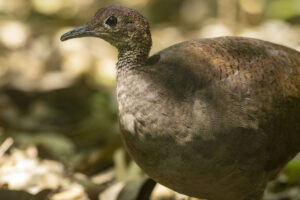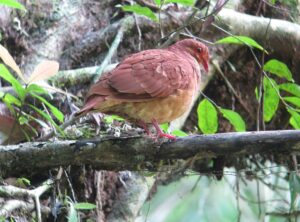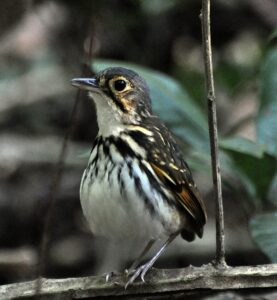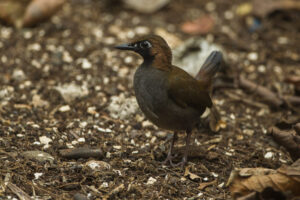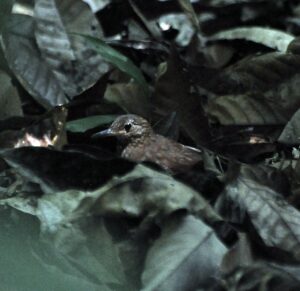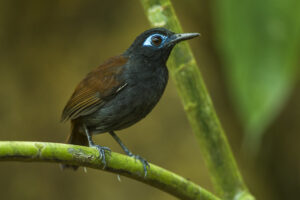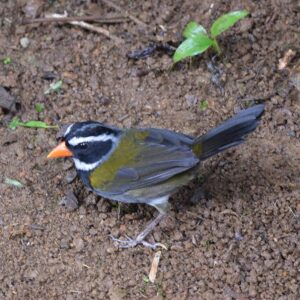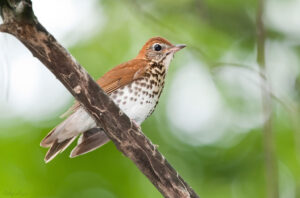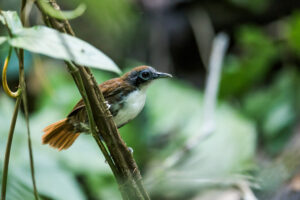10 ground birds seen in Carara National Park
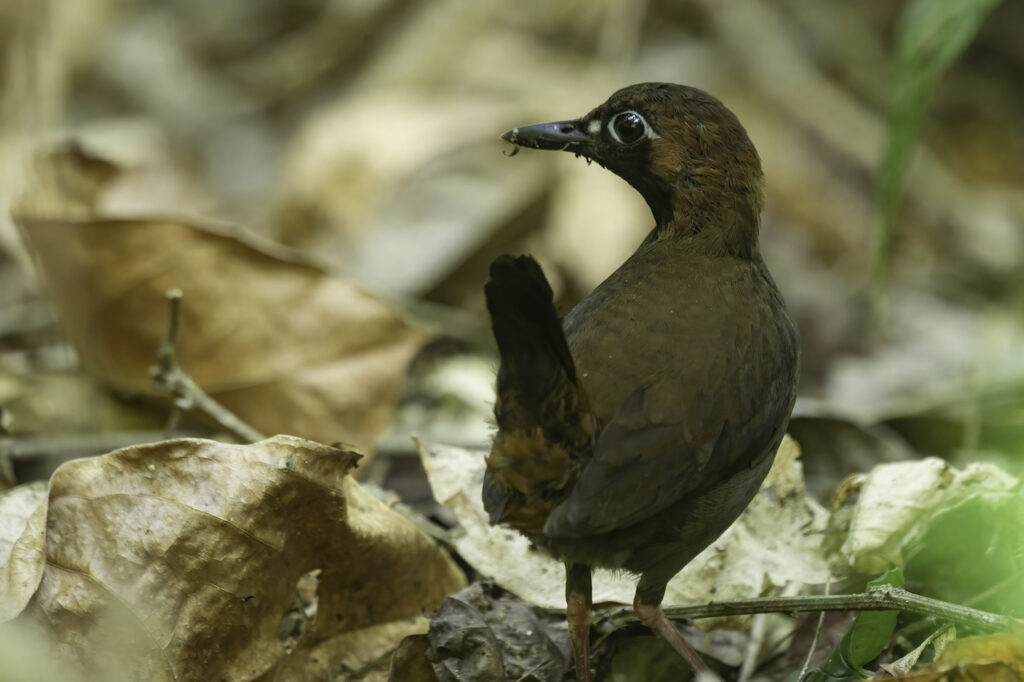
Carara National Park is one of the better sites in Costa Rica for seeing ground birds of the forest interior. These are the terrestrial bird species that normally prefer a shade over the sun, relish quiet, careful walks through the forest floor’s leafy texture, haunting the dark understory with ventriloquial voices. The leaf litter may be rife with tasty arthropods but it’s always a heaven for bird-hungry predators so to stay alive, ground birds of the forest interior need to keep alert at all times and feign invisibility. While walking on the park’s trails, it is necessary to keep your eyes, and ears open, and look down at the bushes and understory forest in order to find these species. Birding in Carara keeps you very busy, using almost all your senses.
Great Tinamou – (Tinamus major)
A large, almost tailless game bird that lives on the ground in humid tropical lowlands. Hunted for food and thus has been wiped out from many areas. Rarely seen, but haunting two-parted whistled song can be heard, especially early and late in the day and even at night. Sometimes flushes explosively from close range, crashing off through the forest understory. The plumage is rather plain overall, warm brown above and greyish below, with greyish (not reddish) legs.
Ruddy Quail-Dove – (Geotrygon montana)
Shy and infrequently seen, a rather chunky dove of tropical forests and plantations in the lowlands and foothills. Walks stealthily on the forest floor singly or in pairs. Most often seen as it flushes explosively from underfoot or flies low across a quiet road or trail. The bright ruddy-coloured male is distinctive. The female is brown overall with a trace of the male’s facial pattern and has a pale vertical bar on the sides of the breast. Females lack the white tail corners as seen on White-tipped Doves and related species.
Streak-chested Antpitta – (Hylopezus perspicillatus)
A plump ball on sticks. Fairly common and easily heard, but shy and rarely seen in the open. Striking plumage: bold buffy eyering, gray crown, black mustache stripe, thick black and white streaking on underparts, and buffy spots on wings. Singles or pairs are found on or near the ground in mature lowland forests from Honduras to Ecuador. Occasionally perches higher when singing. Listen for its song, a short series of plaintive whistled notes.
Black-faced Antthrush – (Formicarius analis)
Elusive inhabitant of humid tropical lowlands and foothills. Walks like a small chicken (not like a thrush) on the shady forest floor, holding its tail cocked and tossing leaves with its bill. A loud song of accelerating hooting whistles is often heard, but birds can be very difficult to see. Dark overall with pale bluish eyering and black face bordered by dark rusty band.
Scaly-throated Leaftosser – (Sclerurus guatemalensis)
Retiring inhabitant of humid tropical lowlands. Found singly, hopping on the ground in shady rainforest and tossing leaves with its bill, in search of insects and other morsels. Most often detected when disturbed or flushed, when it gives a sharp, whistled “skweek” call. Note the long and rather slender straight bill. The plumage is dark brown overall with paler mottling (not really scaling) on the throat and breast.
Chestnut-backed Antbird – (Poliocrania exsul)
Medium-sized antbird with pale blue facial skin. Look for a warm brown back and gray head; males have an entirely grey body, females brown. Frequently flicks tail down and slowly raises it back up. Sticks to the understory in mature forest, where it can be difficult to get a clear view. Usually in pairs. Distinctive song: two or three whistles, the last note dropping in pitch.
Orange-billed Sparrow – (Arremon aurantiirostris)
Boldly patterned, rather chunky sparrow of humid evergreen forest and edge in tropical lowlands. Usually on or near the ground in shady understory and thickets; often in pairs. Bright orange bill virtually glows in the dark; also note the bold black-and-white head pattern and black chest setting off the white throat. No similar species in its lowland range.
Wood Thrush – (Hylocichla mustelina)
Boldly patterned thrush is bright rusty-brown above with black spots on the white belly. Smaller than a robin, but larger than Hermit Thrush. Sticks to wooded areas, often hopping on the ground. More often heard than seen: listen for its incredible, flute-like song. The population is declining; winter in Central America.
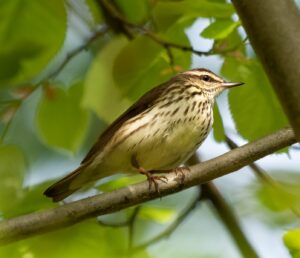
Northern Waterthrush – (Parkesia noveboracensis)
Brown-and-white denizen of dense vegetation near water. Look for off-white underparts with dark streaks (often with a noticeable yellowish wash) and a whitish eyebrow. Stays on or near the ground, constantly bobbing its rear end up and down. During the breeding season, favours thickets, dense bogs, or alder swales around slow-moving water. Winters primarily in Middle America and the Caribbean, extending into northern South America (further south than Louisiana Waterthrush). Very similar to Louisiana Waterthrush, but usually more yellowish base colour below, duller legs, and narrower off-white eyebrows. Also, look for small streaks on the throat (clean white on Louisiana). Best distinguished by song: a loud, two- or three-parted descending series of chips. Call note very similar to Louisiana: a loud, metallic chip.
Bicolored Antbird – (Gymnopithys bicolor)
Distinctive antbird with pale blue eyering and snowy white underparts. Upperparts are rufous. Dark mask. Can be difficult to see well; found close to the ground in mature forests, usually in pairs or small flocks following an army ant swarm. Listen for descending, scolding calls. Sexes alike.

